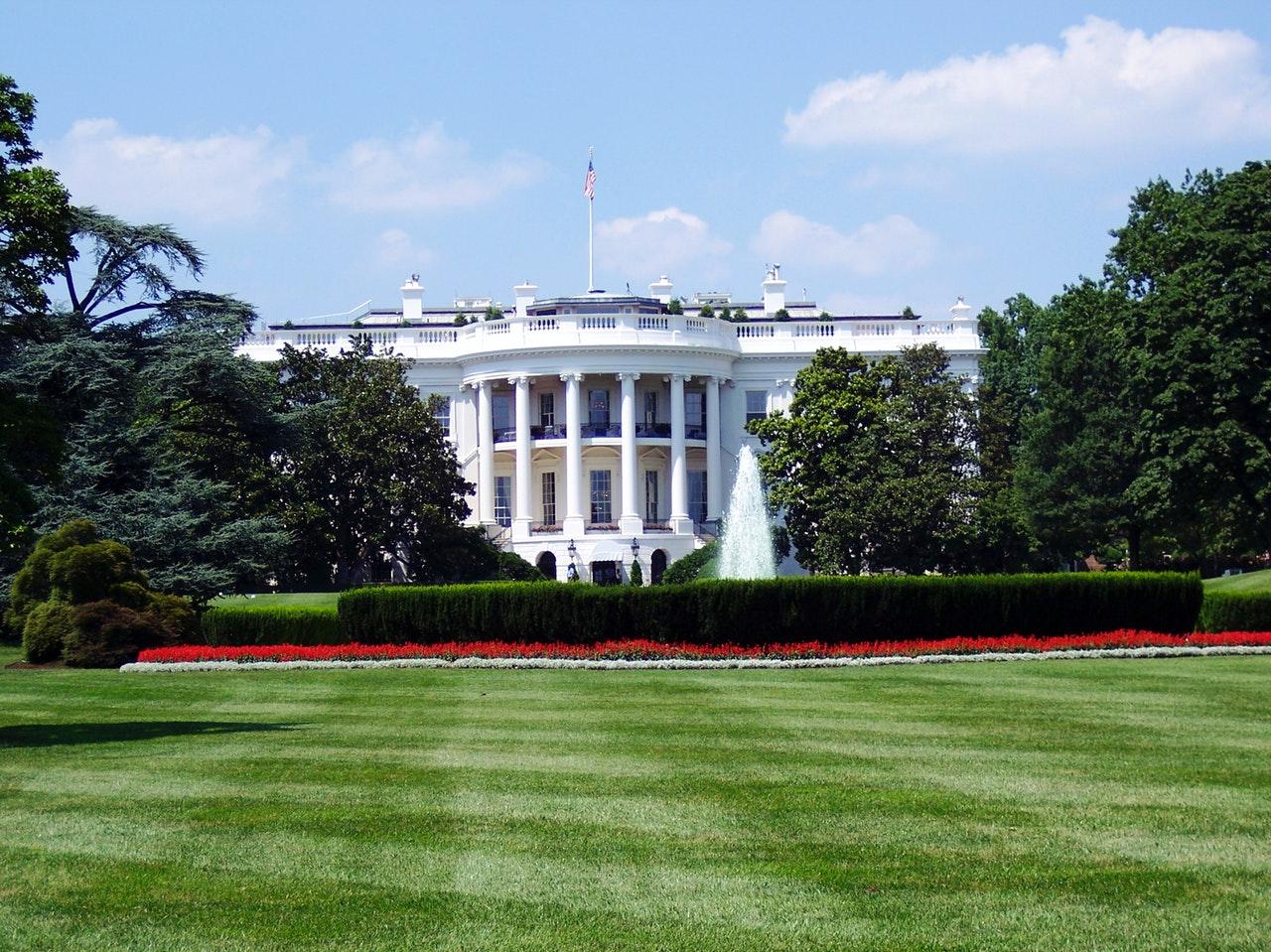Sample Interview Questions: How Many Gallons Of White House Paint Are Sold In The United States Every Year?
Published: Sep 10, 2020

The "Start Big" approach: If you're not sure where to begin, start with the basic assumption that there are 320 million people in the U.S. (or 30 million businesses, depending on the question). If there are 320 million people in the United States, perhaps half of them live in houses (or 160 million people). We know that the average family size is about three people at 2.6, which means there are roughly 60 million houses in the United States. For ease of calculations, let's ignore second houses and houses used for purposes besides residential. So there are about 60 million houses.
If houses are painted every 10 years, on average (notice how we deftly make that number easy to work with), then there are six million houses painted every year. Assuming that one gallon of paint covers 100 square feet of wall, and that the average house has 2,000 square feet of wall to cover, then each house needs 20 gallons of paint. So 120 million gallons of paint are sold per year (six million houses x 20 gallons). (Note: If you want to be fancy, you can ask your interviewer whether you should include inner walls as well. You may also want to mention that you are assuming that one coat of paint will suffice and that spillage is negligible.) If 80 percent of all houses are white, then 96 million gallons of white house paint are sold each year. (Don't forget that last step!)
The "Start Small" approach: Take a town of 30,000 (about 1/10,000 of the population). If you use the same assumption that half the town lives in houses in households of three, then there are 5,000 houses. Painted every 10 years, 500 houses are being painted in any given year. If each house has 2,000 square feet of exterior wall, and each gallon of paint covers 100 square feet, then each house needs 20 gallons-so 10,000 gallons of house paint are sold each year in your typical town. Perhaps 8,000 of those are white. Multiply by 10,000 you have 80 million gallons.
Remember, this is all about estimation, so it should not bother you that these two approaches arrived at somewhat different estimates. However, your interviewer may then ask how you would get an actual number, on the job. Use your creativity - contacting major paint producers would be smart (if only to get a realistic figure for the ratio of white to colored paint sold), putting in a call to HUD's statistics arm could help, or even conducting a small sample of the second calculation in a few representative towns is possible.
